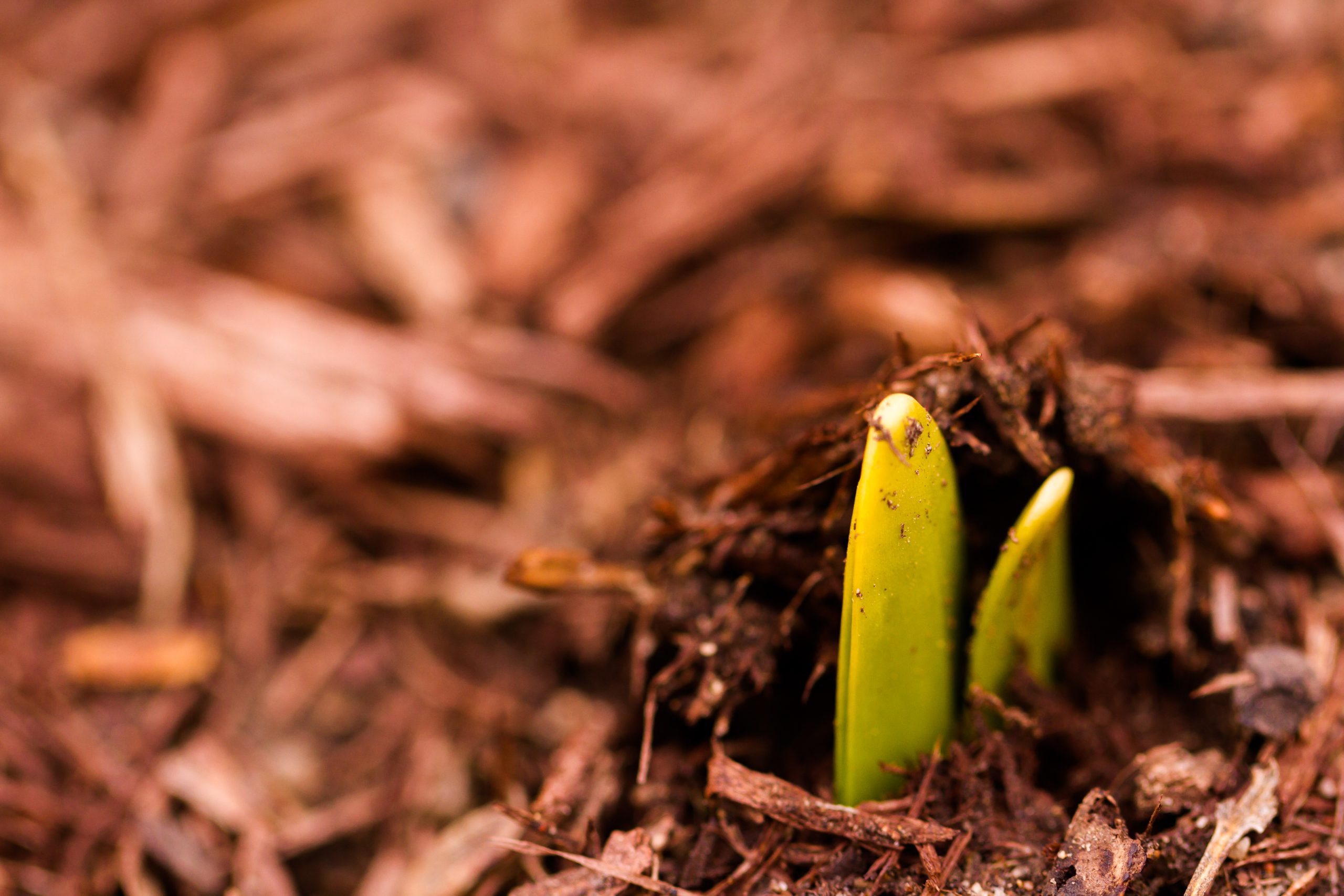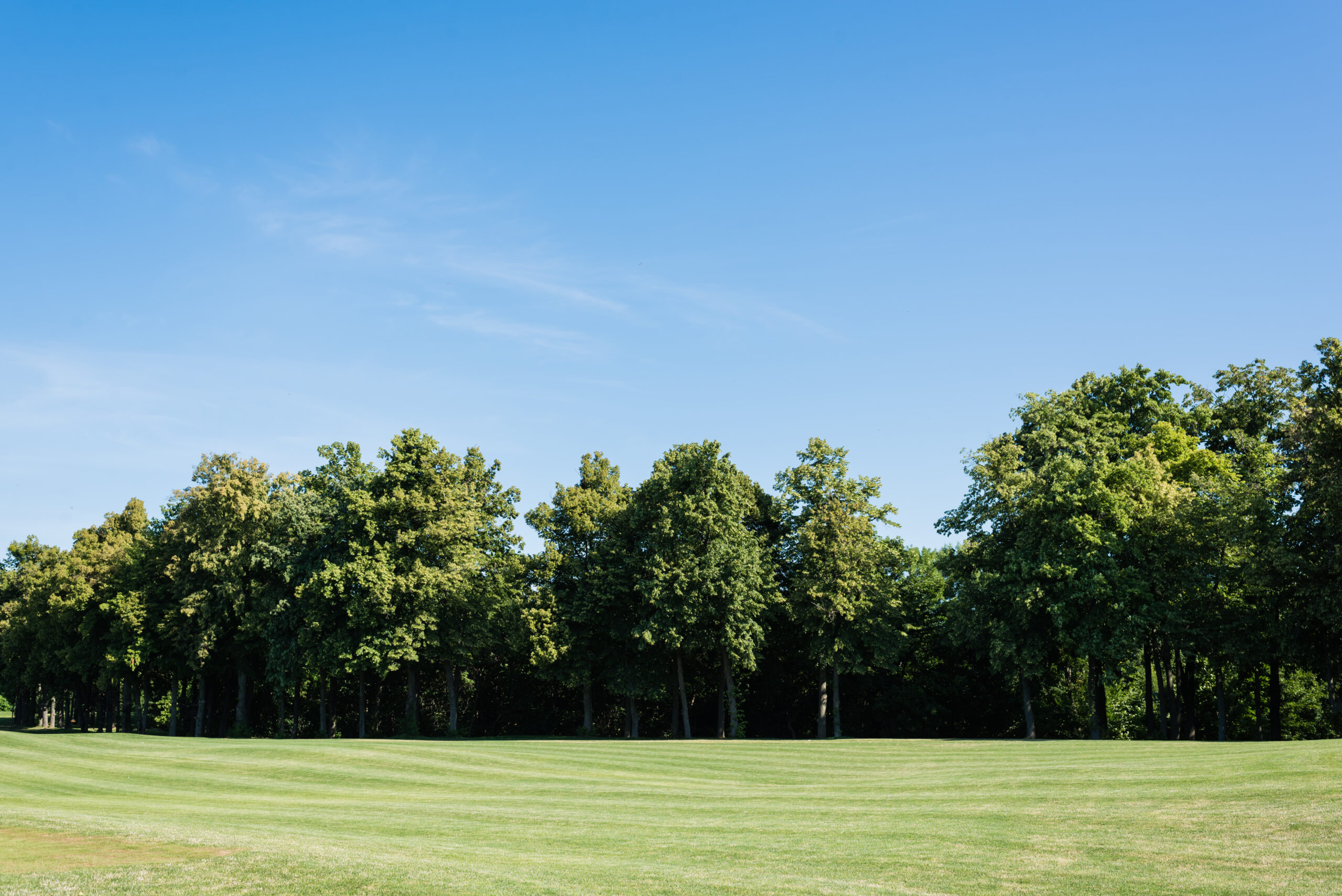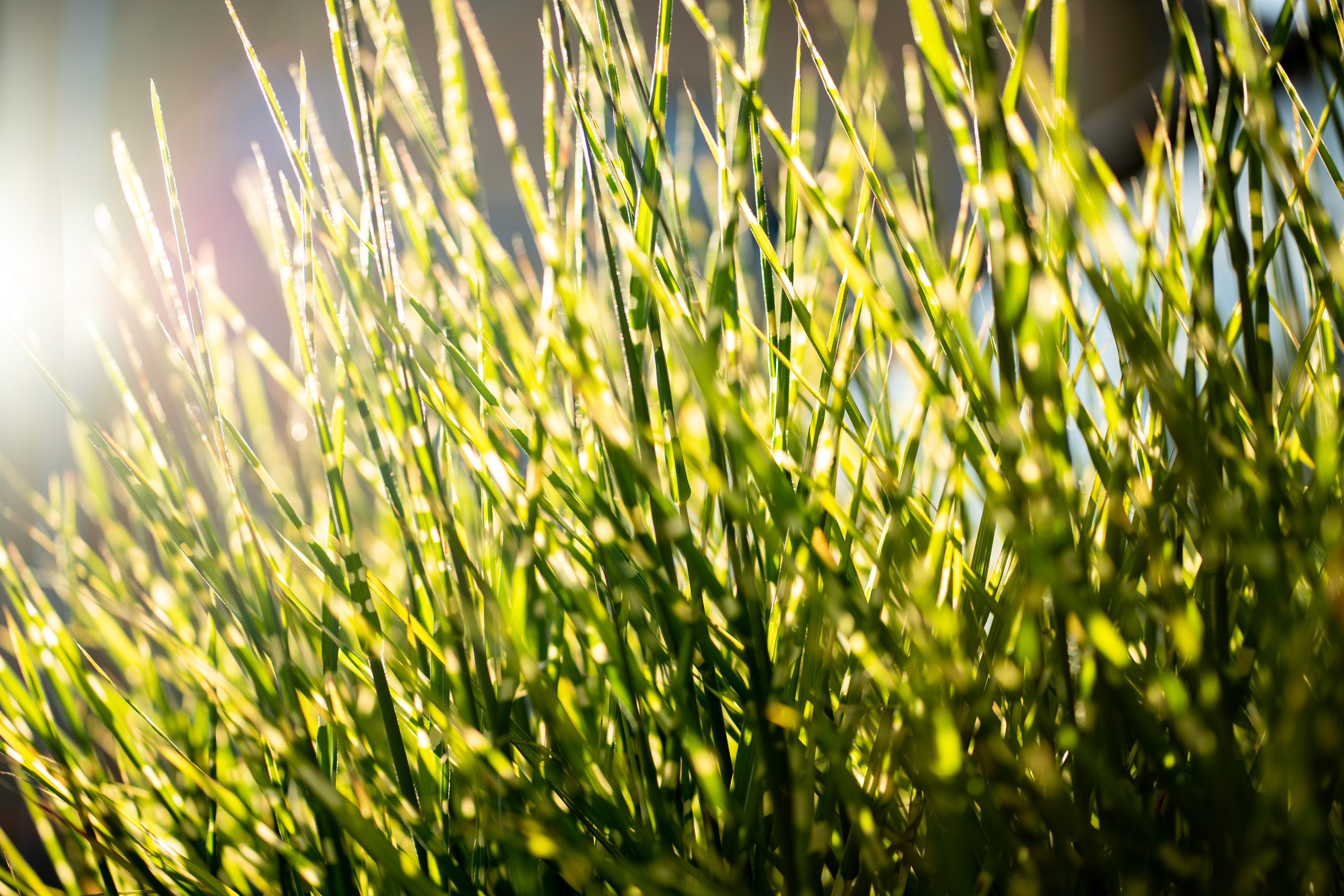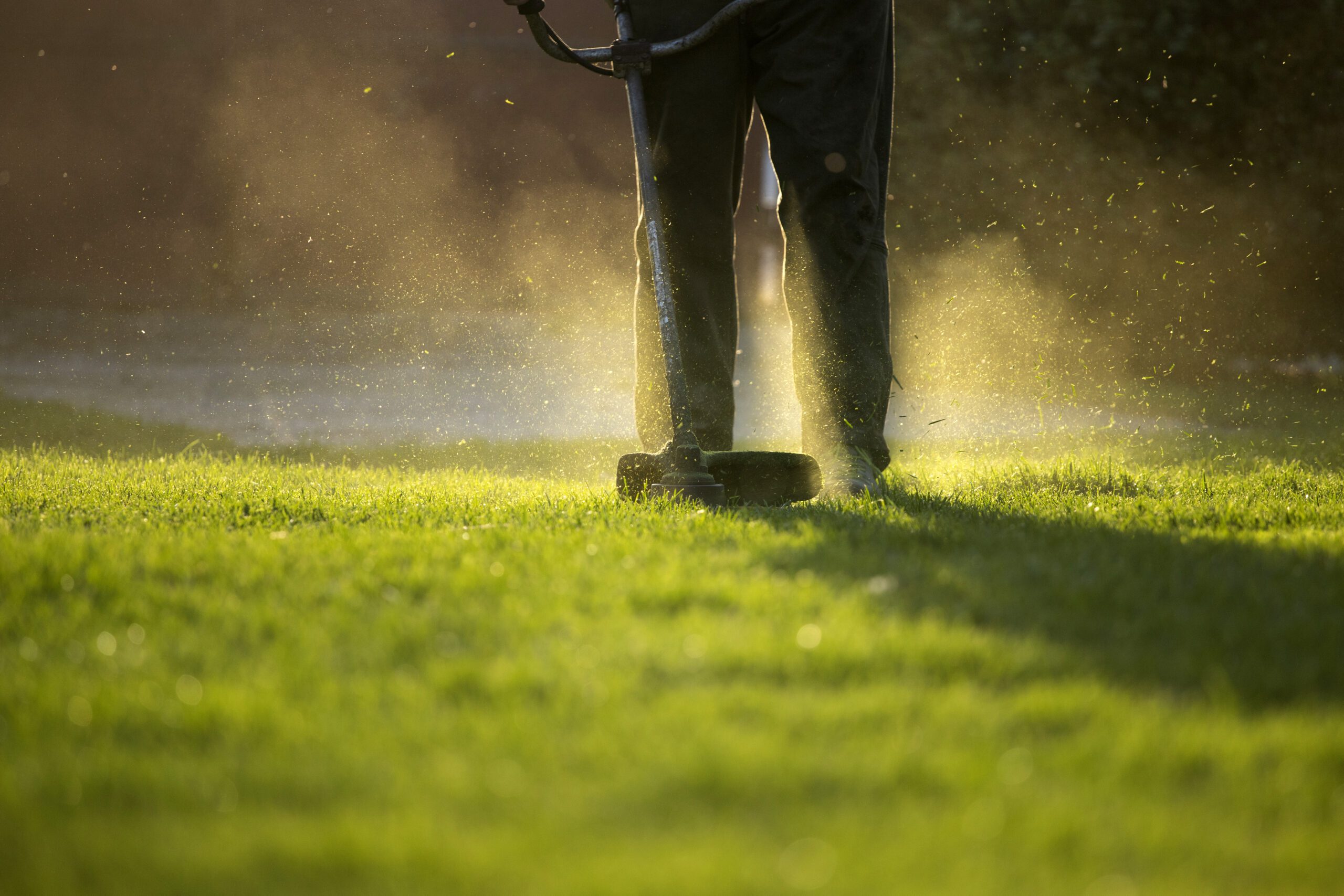Weeds in landscape beds can quickly ruin the clean, professional look of your yard. Whether they’re popping through your mulch or sprouting around your shrubs, these invaders steal nutrients, water, and light from your plants—and make your landscape look messy.
Fortunately, with the right prevention and treatment strategies, you can keep your flower beds and garden edges free from unwanted growth all season long. In this post, we’ll show you how to identify problem areas, stop weed seeds from spreading, and maintain clean, low-maintenance beds in Grand Ledge.
Why Do Weeds Thrive in Landscape Beds?
Landscaping beds create the perfect environment for weeds: loose, exposed soil, regular watering, and plenty of sun. Even well-mulched areas can struggle to stay weed-free if:
- Mulch is too thin or old
- Landscape fabric has broken down
- Weed seeds blow in from nearby lawns or streets
- There’s poor edging between the lawn and bed
Knowing what conditions attract weeds in landscape beds helps you block them before they take over.
How to Identify Weeds in Landscape Beds
The types of weeds you’ll find in your landscape beds in Grand Ledge may differ from what’s in your lawn. Here are a few common culprits:
- Spurge: Low-growing with reddish stems and tiny green leaves
- Chickweed: Light green weed with small white flowers, thrives in spring
- Purslane: Succulent-type weed that spreads out in mats
- Grassy weeds: Like crabgrass, growing up through thin mulch
These weeds compete directly with your flowers, shrubs, and groundcovers—and often grow faster than the plants you actually want.
How to Prevent Weeds in Landscape Beds
Preventing weeds in landscape beds is often easier than treating them once they’ve taken root. Here are some proven strategies:
- Apply a pre-emergent herbicide in early spring to stop seeds from sprouting
- Refresh mulch annually with a 2–3 inch layer (too much can suffocate your plants)
- Use a quality landscape edge to block creeping weeds from nearby turf
- Choose dense, ground-covering plants to outcompete weeds naturally
Be sure to remove any visible weeds before applying mulch or herbicide so they don’t regrow underneath the surface.
When to Pull and When to Spray
If you already have weeds in your landscape beds, choose the right control method:
- Hand pull: Effective for small infestations—get the whole root
- Targeted spot treatment: Use a non-selective herbicide carefully (avoid contact with desirable plants)
- Boiling water or vinegar: Natural options that work on driveways and paved cracks, but may harm surrounding plants
For large or repeat infestations, call a local lawn care expert to apply a safe, professional-grade treatment that won’t damage your garden.
Get Weed-Free Beds with LawnTech
At LawnTech in Grand Ledge, we know that a well-maintained landscape bed is about more than just looks—it’s a foundation for healthy plants. Our team provides mulching, edging, weed control, and seasonal maintenance so you can spend less time pulling weeds and more time enjoying your yard.
Take back your garden beds from unwanted weeds.
Schedule your landscape weed assessment with LawnTech today and enjoy a cleaner, healthier outdoor space.





